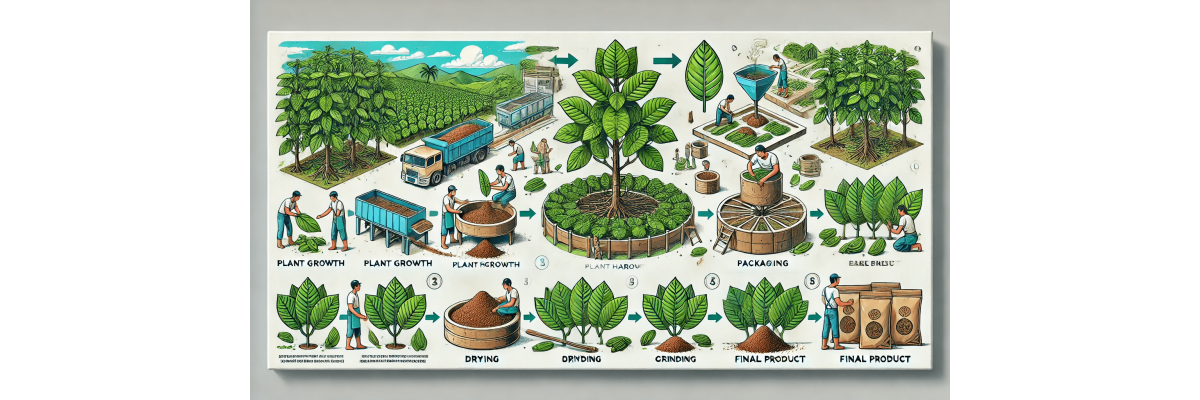News
We are at a critical juncture regarding the future of Kratom in Germany. The Federal Institute for Drugs and Medical Devices (BfArM) is currently considering a ban on this natural substance, following Belgium's recent decision to do the same. This potential ban could have significant consequences, and we need your support to ensure a thoughtful, informed approach to Kratom regulation.
Kratom, a plant that has gained worldwide popularity in recent years, has deep cultural roots in Southeast Asia that extend far beyond its modern usage. In the countries where Kratom is native, such as Thailand, Malaysia, and Indonesia, the plant has a long tradition and has been used for centuries in various cultural, social, and spiritual contexts. In this blog post, we will explore the cultural significance of Kratom in Southeast Asia and how it is traditionally used.
Kratom (Mitragyna speciosa), a plant native to the tropical forests of Southeast Asia, has gained significant popularity worldwide in recent years. This extraordinary plant, valued for its medicinal and therapeutic properties, undergoes a meticulous cultivation process that requires both expertise and dedication. In this article, we take a detailed look at the journey of Kratom from seed to final product, highlighting the art and science behind this process.
The global demand for natural remedies has significantly increased in recent years, and Kratom (Mitragyna speciosa) is no exception. Originally from Southeast Asia, Kratom has attracted attention not only in the medical world but also in discussions about biodiversity conservation. In this article, we will delve into the role of Kratom plantations in promoting biodiversity and explore the measures taken to protect local ecosystems.



